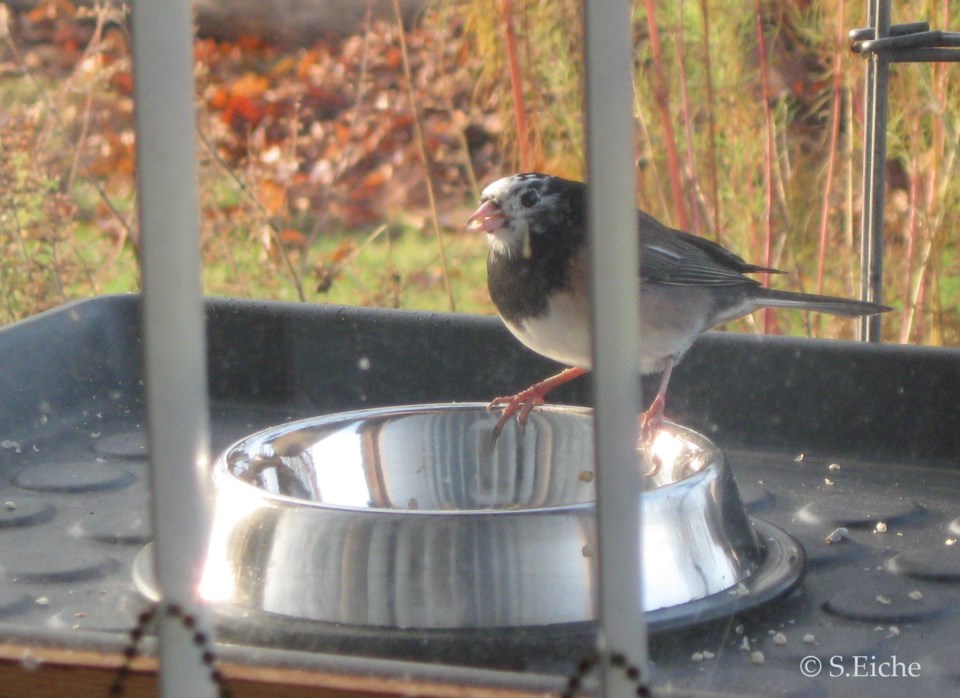Imagine a box. Now imagine the box filled with things such as instinct, intuition, conventions, traditions — whatever we rely on to perceive what is safe, what is acceptable. Usually what we consider safe and acceptable is whatever is familiar. If something is unfamiliar, we sometimes regard it as suspicious, at least to begin with. It could be unsafe, our instinct tells us. It could harm us.
These boxes that I’m imagining come in different sizes. I expect a very little child to have a very little box because there isn’t much to fill it yet. The more the child grows in years and learning the more the size of the box grows. Eventually, the box should contain most of the tools needed to manage the experiences in life.
It’s likely that the box also contains things that feed anxiety and fear, such as preconceptions, prejudices and phobias. Think what it would have been like for a sailor living in ancient Greece, when the world was widely believed to be an enormous flat disk floating in the ocean — he’d have been terrified of falling over the edge if he sailed too close to it. Or how about what happened a mere 84 years ago, on 30 October 1938, when CBS radio transmitted an adaptation of War of the Worlds, H.G. Wells’s story about a Martian invasion of Earth. Orson Welles read it as if it were a real-time news report. People panicked.
Similarly, when we encounter a deviation from the perceived norm, we’re easily perturbed, even if it’s not threatening, but just different. One morning in November, as I was watching the birds come to a feeder I’d set up in front of my window, I saw something that shocked me — a junco with a head that looked as if it had gone moldy. I’d heard warnings about the avian flu. Was this junco stricken with the disease? I felt fear’s grip on my throat tighten.
After quickly checking a few sources, I was certain that the junco was not sick at all. He had a condition known as partial leucism (“leukos” is Greek for white), which means that the affected plumage lacks the melanin pigment that would have given it its natural colour. In all other respects, the leucistic junco is like his fellow juncos, none of whom appear to treat him with suspicion, fear or disdain. He bickers and squabbles like the rest of them when it comes to food fights. He’s one of the gang.
There’s another bird coming to my feeders who is different — a one-legged sparrow. I couldn’t see any sign of an injury, and he doesn’t behave as though he’s disabled, but manages to balance effortlessly on his one limb. He’s accepted by all the other birds, none peck at him or chase him away because he’s unlike them. The more I observe birds, and other wild creatures, the more I’ve come to believe that when one of their own deviates from the norm, it’s tolerated without further ado. What perturbs us doesn’t necessarily disturb them. They seem to exist unfettered by many of the constraints we feel.
We humans often hear that we should “think outside the box” to find ideas, inspiration, and unconventional solutions that challenge rules and break with tradition. Fortunately, any of us can access the world that lies outside the box. It won’t cost us a penny. And we can travel there without ever leaving our armchair.
Sabine Eiche is a local writer and art historian with a PhD from Princeton University. She is passionately involved in preserving the environment and protecting nature. Her columns deal with a broad range of topics and often include the history (etymology) of words in order to shed extra light on the subject.



